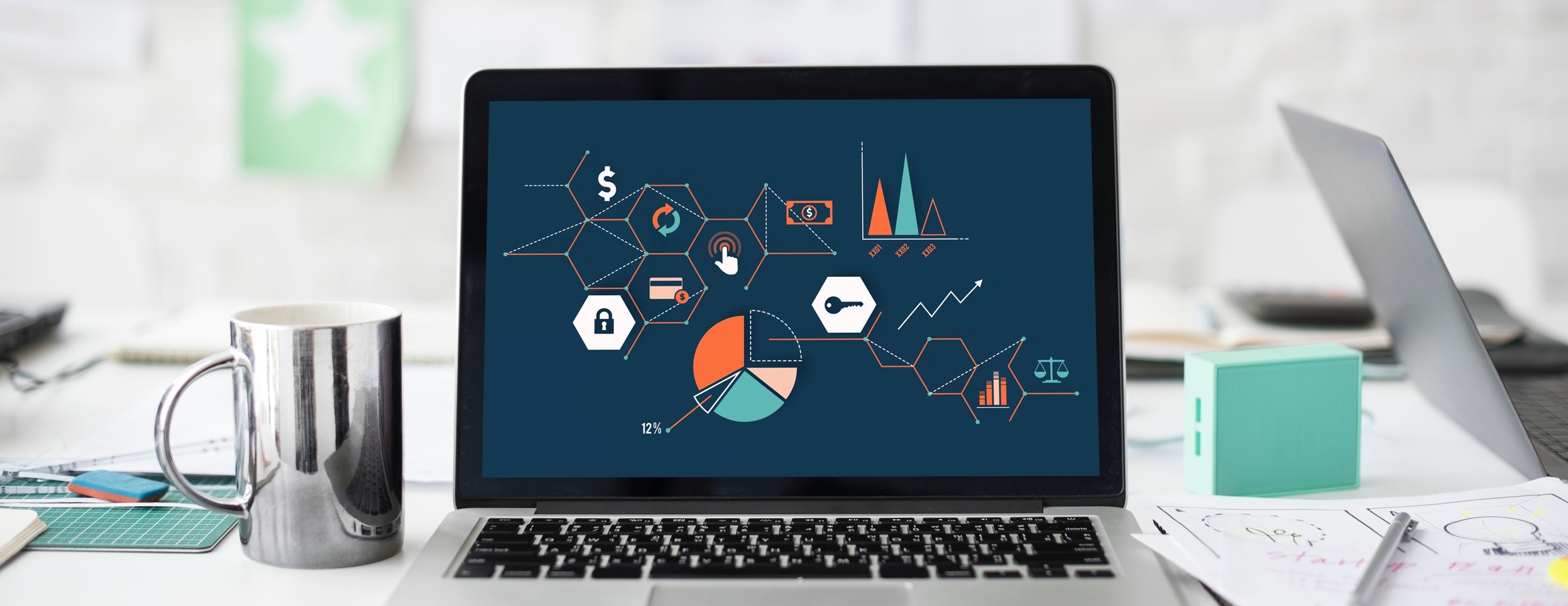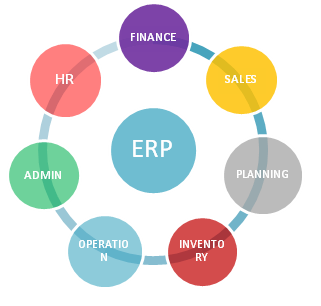Each company must research, select and install the ERP system that is suitable for the company’s current needs but also allows for future expansion in both company size and diversity of the services offered. The software selected has to accurately reflect the company in terms of its size, needs and operations, and be easily installed and launched with as few work-arounds and compromises as possible. At the same time, it should provide strong insight into the company’s processes, functions and standing at any given time.
We were adamant that the chosen ERP system should offer both administrative and operational solutions, both for the service and retail sections of our business. We evaluated a number of options (custom, on-site and cloud) before settling on a cloud ERP system as our research confirmed the almost-universal belief that they are the most stable and secure, not to mention the most cost-effective in the long term.
Benefits of ERP system
The primary benefit is efficiency. This technology has the ability to provide real-time access to role-specific information, streamline processes, improve visibility and reduce costs. Employees are given easy access to the most current elements needed to complete tasks in progress. It can be integrated with existing accounting and inventory systems, and provides a sound Customer Resource Management (CRM) module, facilitating the tracking of jobs and clients by account managers and company directors at every stage. Specifically, from our own experience, the benefits of the ERP system are:
- CRM system – All current client contact information and communication are entered into one universal database, with access given to all employees. Prospective clients and other leads may also be entered into the system, including previous approaches, offers and correspondence. This allows for both better internal efficiency and better customer service.
- Streamlining of processes – Processes become both transparent and secure as both collaboration and privacy may be supported in equal measure. Universal processes are designed for each procedure, ranging from those which apply only to a specific department to those which apply to the entire company. (Common processes and methods for shared services and transactions lead to greater operational consistency.) These can easily be changed as necessary, especially important in the case of inefficient processes, which the system helps to identify more quickly. Where relevant, certain processes are linked to the next process to ensure the completion of significant operational steps, such as automatic redirection of a completed project to the invoicing process. Internal processes are thus optimised for effectiveness based on the actual day-to-day needs of the company.
- Project-specific capabilities – Each project is broken down into a series of steps, including budgeting of human and financial resources, milestones and specific assignments. The system’s ability to also maintain a database of past projects enables easier reference to client history, as well as inter-client research. Long-term projects and service agreements are broken down and scheduled with the necessary reminders in place.
- Human Resource Management – The system allows for not only management of current employees (including contact information, education, skills, tasks for each position, remuneration and entitled benefits, development and performance, sick leave and vacation time), but also full management of potential employees, such as candidate selection, interview process and relevant correspondence. It also includes organisational structures such as formal and informal hierarchies and position management. Employees are assigned to specific projects and their workload tracked to avoid overloading of certain employees and/or general underperformance. Scheduling of employees’ time also lets account managers know of the availability of staff to take on new projects at any given time and communicate this effectively to clients wishing to start new projects, thus ensuring customer satisfaction.
- Purchasing & Stock Management – Stock management is essential in a company of any size, primarily in preventing unnecessary purchases but also in the effective use of existing assets. Some purchases, particularly in the case of electronics and gadgets, may now be considered as having an expiry date due to the speed at which ‘new and improved’ versions are released. It is therefore in any company’s best interest to offload these items (whether new or second-hand) as quickly as possible. Assets which have been identified but have been proved to not be in use for a long time may be sold to third parties (or even given away as an allowable tax-deductible donation). The system’s ability to track purchasing of goods and services from third parties (whether for internal or client/project use) serves a number of purposes: price comparisons to ensure the most cost-effective supplier can be used in each case; price tracking per product from each supplier; staff requests for the procurement of goods and services, either for internal or client use; time needed from request to delivery; ensuring that ordered goods and services are delivered on time and at the expected quality; ensuring that budgets assigned for client project purchasing are not exceeded through internal miscommunication or inadequate use of existing resources.
- Accounting – Integrated accounting software allows for more efficient invoicing, tracking of clients’ financial accounts and employee remuneration, and overall at-a-glance costs vs. income (and expected costs vs. expected income). Our system enables us to apply diverse invoicing rules and policies for specific clients, allowing for greater flexibility and control over our finances. For example, longer projects are broken up into milestones with the relevant, timely invoicing at each stage, thus ensuring better cash flow. Not least, the system’s ability to assign budgets to individual projects enables quick identification of more or less profitable types of projects.
- Time management – Aside from the obvious benefits of using a single system for all processes instead of switching between software for different tasks, the system also allows for time management of each specific project leading to important conclusions (including types of projects which are more cost-efficient than others, employees who can complete certain tasks faster than others, and clients who demand service over and above that which was initially agreed upon and invoiced). Overall, installation and use of the ERP system strengthens service operations and the ability to effectively manage performance.
- Reporting – The company’s senior management has access to a range of real-time reports. This allows valuable insight to our financial position, operational efficiency and key performance indicators, even allowing for preemptive or corrective action where necessary. Most importantly, management can easily view project cost-to-client vs. cost-to-company and review quotations accordingly. It goes without saying that reports and other statements can not be considered as being fully accurate until all data has been entered into the system, hence reviews were initially performed with caution until data entry became up-to-date. Trends are observed and changing resource requirements (such as a workforce that can fulfil current client needs) are anticipated and effectively managed based on tracking of existing performance and shifting client, company and market needs.
- Security – Our system allows us to assign different access levels for each employee for databases and/or individual projects. For example, certain employees are only able to enter data for specific projects whilst others are able to edit entered data, have access to the invoicing module or, in the case of senior management, have full access to the entire system.

